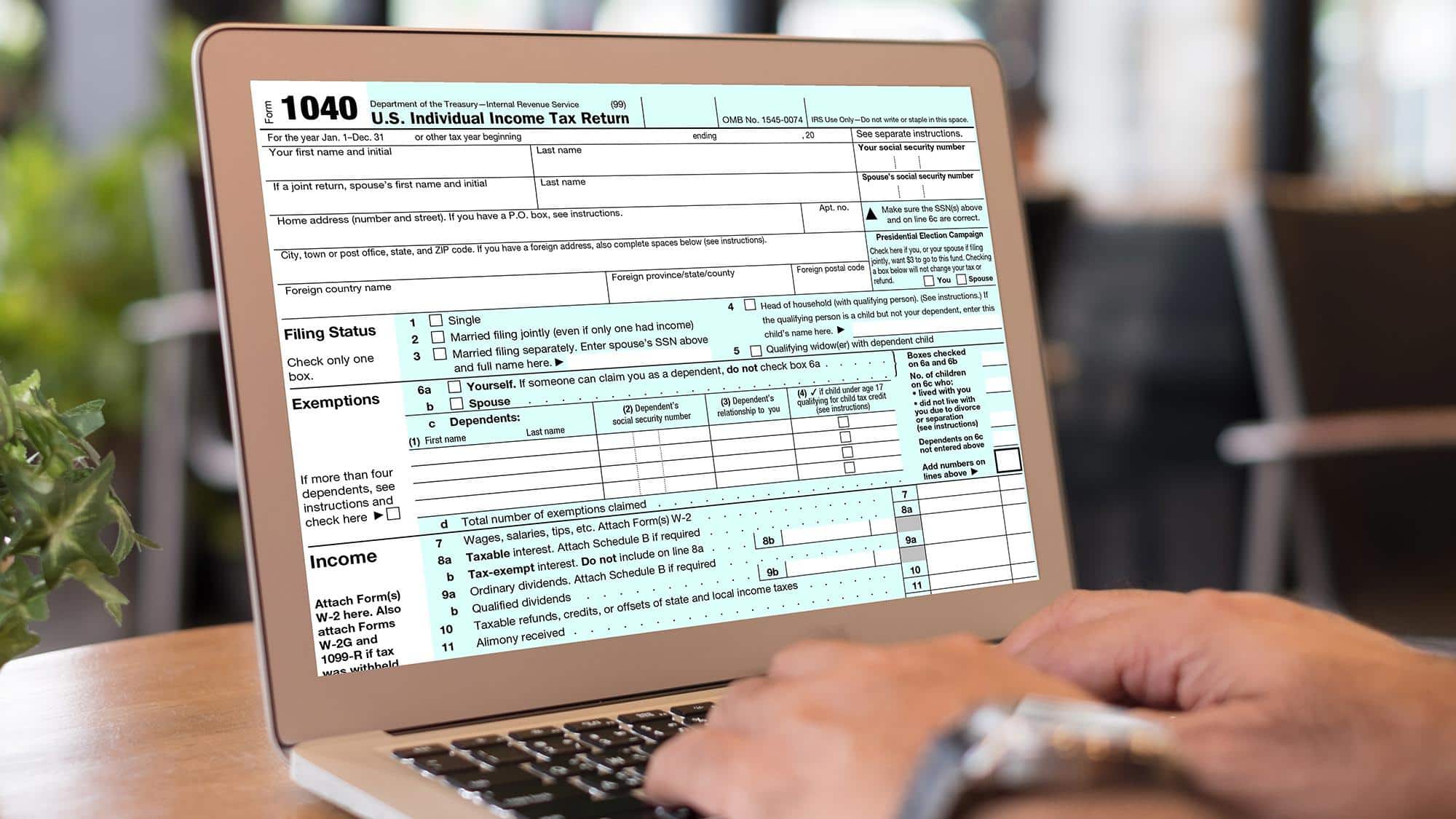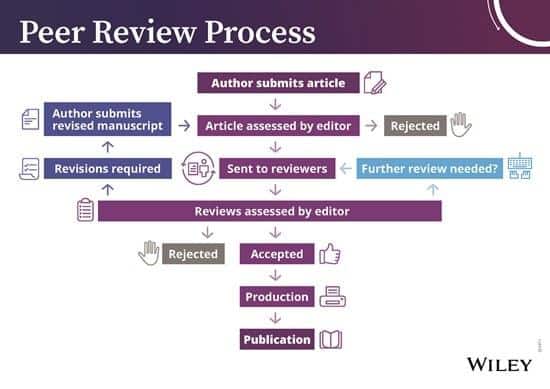As the Spanish spring begins to unfurl its vibrant colors, and the lingering chill of winter makes its final retreat, a different season comes into focus – one less celebrated, yet equally inevitable. Tax season in Spain, a period marked not by the blossoming of flowers but by the blossoming of paperwork, descends upon residents and expatriates alike with the regularity of the changing seasons. The Declaración de la Renta, Spain’s annual income tax return, becomes the protagonist in this recurring fiscal drama, a process sometimes met with trepidation by those unversed in its intricacies.
The year 2024 marks another cycle in this perennial journey, a path tread by countless individuals striving to navigate the complexities of Spanish tax law. Whether you’re a seasoned local, a new expatriate settling into Spanish life, or somewhere in between, mastering the Declaración de la Renta is an indispensable skill, akin to learning the intricate dance of Spanish bureaucracy.
This guide is designed to illuminate the path to completing the Declaración de la Renta for the fiscal year 2023, filing in 2024. We aim to demystify the process, providing a comprehensive yet understandable roadmap that will guide you through each step with ease. From gathering necessary documentation to understanding various tax deductions and credits, and finally, to submitting the declaration itself, consider this your navigator through the labyrinth of Spanish tax obligations.
Let us embark on this journey together, transforming what could be a daunting task into a manageable, and perhaps even enlightening, experience. Join us as we peel back the layers of the Declaración de la Renta, revealing not just the steps to compliance but the nuances that could potentially benefit you, the taxpayer. Welcome to your guide on how to complete Spain’s Declaración de la Renta tax return in 2024.
Understanding the Basics of Declaración de la Renta in 2024
Diving into the financial obligations in Spain might seem like navigating a labyrinth, especially when it’s time to tackle the Declaración de la Renta. However, understanding this essential element of Spanish fiscal culture doesn’t have to be as daunting as it initially appears. First and foremost, knowing who is obligated to declare is crucial. Essentially, if you’re a resident (spending more than 183 days a year in Spain) or if your economic interests are primarily based in the country, you’re required to file. But, there’s a silver lining for newcomers: if you’ve just relocated and haven’t spent the entirety of the fiscal year within its borders, you might be exempt for that initial period.
Getting your ducks in a row for the process involves gathering an array of documents that testify to your financial footprint over the past year. This materializes as:
- Income Statements: This includes salary slips, pension statements, or any other earnings.
- Bank Statements: A comprehensive look at your financial year, highlighting interest earned which might be subject to tax.
- Investment Records: The gains and losses here can significantly affect your final tax calculation.
- Deductions Documentation: Don’t overlook potential deductions such as educational expenses, donations, or significant investments in sustainable energy resources.
Equally important is leveraging the digital tools at your disposal. The Agencia Tributaria, Spain’s tax agency, provides a highly intuitive online platform where much of the heavy lifting is done for you. After inputting your financial data, the system can preliminarily fill out your return. However, it’s paramount to review this carefully for any discrepancies. Should you spot any, rectifying them is straightforward, but ensuring accuracy the first time around is always preferable.
| Document Type | Details | Importance |
|---|---|---|
| Income Statements | Proof of earned income throughout the year. | High |
| Bank Statements | Insight into interest and account movements. | Medium |
| Investment Records | Details on capital gains or losses. | High |
| Deductions Documentation | Possible areas to save on taxes. | Varies |
By piecing together this puzzle with a methodical approach, you can streamline your Declaración de la Renta submission, ensuring compliance while possibly uncovering avenues to minimize your tax load. Remember, while the digital platform simplifies the process considerably, the onus still falls on you to ensure the details are accurate and complete. Consider consulting a tax professional if your situation is complex or if navigating Spanish tax law feels overwhelming.
Navigating the Digital Maze: Filing Your Tax Return Online
Diving into the digital labyrinth to file your Declaración de la Renta in Spain can initially seem as daunting as navigating an ancient maze. Yet, with the right compass, you’ll find that this journey can not only be straightforward but also incredibly efficient. First things first, ensure you have your digital certificate or [email protected] PIN ready; these are your keys to enter the maze. With these in hand, head over to the Agencia Tributaria’s website, where the path to submitting your tax return begins. Whether you’re a first-timer or a seasoned navigator, keeping your NIE number, bank account details, and relevant financial documents by your side will help you avoid unnecessary detours.
Embarking on this journey requires understanding the landscape. Here’s a simplified guide on what you can expect:
- Gather your documents: Before you start, ensure you have all your financial information from the past year. This includes employment income, bank interests, and any deductions you might be entitled to.
- Access the tax portal: Using your digital certificate or [email protected] PIN, log into the Agencia Tributaria website. Here you’ll find your fiscal data already pre-filled in your draft tax return.
- Review and modify: Don’t rush through. Take your time to carefully review the draft. Add any missing information or correct any discrepancies. This is crucial to ensure you’re not paying more or less than what you owe.
- Confirm and submit: Once you’re satisfied that everything is accurate, confirm the submission of your tax return. A confirmation message will pop up, signifying you’ve successfully navigated the maze.
For those who thrive on visuals, here’s a breakdown in a table format of the critical steps involved:
| Step | Action | Requirement |
|---|---|---|
| 1 | Document Gathering | Financial Information |
| 2 | Login | Digital Certificate/[email protected] PIN |
| 3 | Review Draft | Accuracy in Data |
| 4 | Submit | Confirmation of Submission |
As you traverse this digital maze, remember that patience and attention to detail are your best allies. With these, filing your Declaración de la Renta online not only becomes less intimidating but may also feel like a rewarding journey through Spain’s fiscal landscape. Whether you’re at the start, figuring out the login, or at the end, clicking the submit button, every step is an opportunity to master the art of digital tax filing.
Leveraging Deductions and Credits to Maximize Your Return
When navigating the complexities of Spain’s Declaración de la Renta, understanding how to effectively utilize deductions and credits can turn a daunting task into a rewarding one. Consider this a treasure hunt, where every discovery of a deduction or credit adds gold coins to your chest. For instance, the deductions related to housing, such as mortgage interest or rent in certain conditions, can significantly lower your taxable base. Moreover, personal circumstances, like having dependents or being a person with a disability, unlock additional reductions. It’s essential to dig deep into these areas, as they are akin to hidden gems that can only enrich your return.
Regarding credits, think of them as powerful boosts on your path to maximizing your return. Among these, the tax credit for investments in new or recently created companies stands out, offering an intriguing opportunity for taxpayers willing to support the entrepreneurial ecosystem. Additionally, there’s a biodiversity of regional credits, unique to each autonomous community, reflecting the diverse fiscal landscape of Spain. Here’s a simplified overview:
| Type of Benefit | Description |
|---|---|
| Deductions for Housing | Mortgage interest or qualified rent payments |
| Personal and Family Circumstances | Deductions for dependents, disability, and other specific personal situations |
| Investment Credits | Tax credit for investments in new or recently created companies |
| Regional Credits | Specific to autonomous communities, diverse benefits reflecting Spain’s varied fiscal landscape |
To navigate this labyrinth of potential tax advantages, it’s wise to compile all relevant information about your financial year, matching them against the eligible deductions and credits. Doing so is akin to charting a map, where each marked spot increases the potential of unearthing treasure. Do not overlook the regional peculiarities, as they could offer unexpected windfalls, effectively boosting your tax return beyond the horizon of the standard deductions.
Avoiding Common Pitfalls: Tips for a Smooth Submission Process
Navigating the labyrinth of tax declarations can be as bewildering as deciphering a cryptic code from the middle ages. Yet, with a sprinkle of preparation and a dash of mindfulness, you can transform this taxing (pun intended) process into a seamless practice, ensuring your Declaración de la Renta submission is as smooth as a well-aged Rioja. Firstly, mark your calendar with the submission windows – starting this endeavor even a day late is akin to standing at the airport watching your flight to Ibiza take off. Ensure all your documentation, from employment details to investment income, is as meticulously organized as a librarian’s bookshelf. This proactive approach not only minimizes stress but also reduces the likelihood of errors, which can lead to penalties as unwelcome as rain during San Fermín.
The devil, as they say, is in the details. Therefore, adopting a strategy that prioritizes precision is imperative. Below lies a succinct guide encapsulating the essence of accuracy and organization:
- Double-check your information: Errors are as common as finding paella at a Spanish feria, but much like overcooked rice, they can spoil the experience. Ensure every field is populated with the correct information, from your NIE number down to your last centimo earned.
- Utilize official resources: The Agencia Tributaria provides a wealth of guides and simulators. Engaging with these tools is akin to having a backstage pass; it provides insights and answers that can elevate your submission from guesswork to precision.
| Resource | Purpose | Where to Find It |
|---|---|---|
| Agencia Tributaria Guide | To clarify doubts and provide step-by-step instructions | Online on the official Agencia Tributaria website |
| Tax Simulator | To estimate your tax obligation | Available online for free access during tax season |
| Online Verification Tools | To ensure accuracy of your submitted details | Integrated within the tax agency’s digital platform |
Remember, avoiding pitfalls is not about inch-perfect precision on the first try but learning from the flamenco of numbers, documents, and guidelines. With each rhythmic step of preparation and attentive spin of documentation, submitting your Declaración de la Renta can become a performance worthy of an encore, rather than a task to dread.
Wrapping Up
As we approach the end of our detailed odyssey through the maze of filing Spain’s Declaración de la Renta for 2024, it’s pertinent to pause and reflect on the journey we’ve embarked upon. Armed with newfound knowledge and insights, the once daunting task of navigating the intricacies of Spain’s tax return has been demystified, transformed into a structured pathway leading to fiscal compliance and peace of mind.
Remember, the landscape of tax laws is as dynamic as the bustling streets of Barcelona, ever-changing and evolving. Hence, maintaining a vigilant eye on any updates or modifications in the tax regulations will serve you well in ensuring that your journey next year is even smoother. Whether you’re a seasoned local, a newly-arrived expat, or somewhere in between, the annual ritual of tax filing now holds fewer mysteries and, potentially, even a few opportunities for those diligent enough to seek them out.
Consider this guide not just as a lantern to illuminate the path for the 2024 tax year but as a foundation upon which to build your ongoing relationship with Spain’s fiscal obligations. And remember, in the complex dance between taxpayer and tax authority, knowledge and preparation are your most reliable partners.
As the sun sets over the Iberian Peninsula, casting a golden glow over its vibrant cities and serene countryside, take a moment to appreciate the journey we’ve concluded. May your Declaración de la Renta not only be a testament to your financial diligence but also a step towards your continued prosperity under the Spanish sun. Until next year, buen viaje on your fiscal journey.




